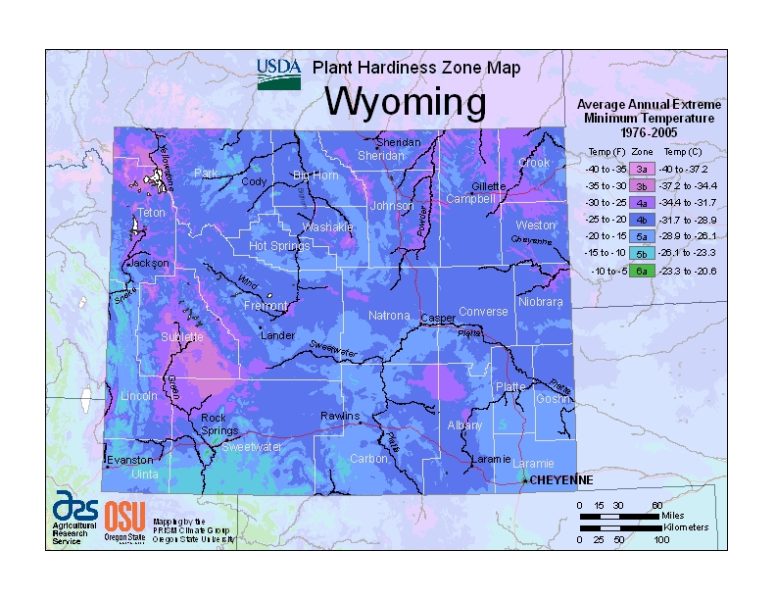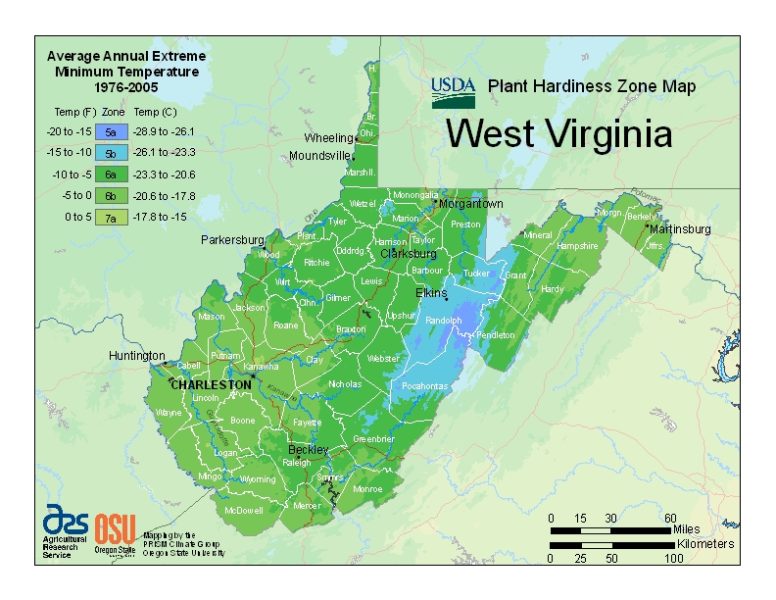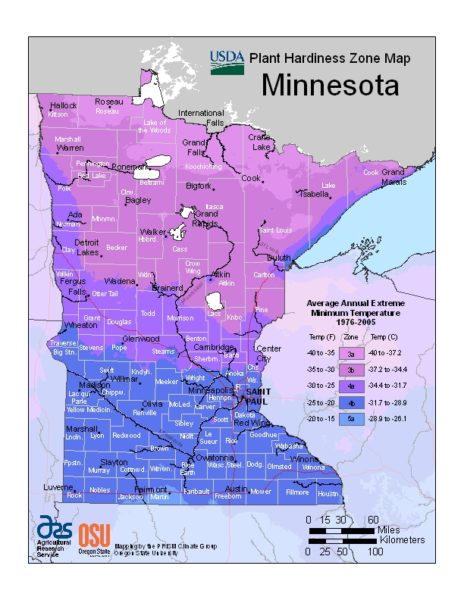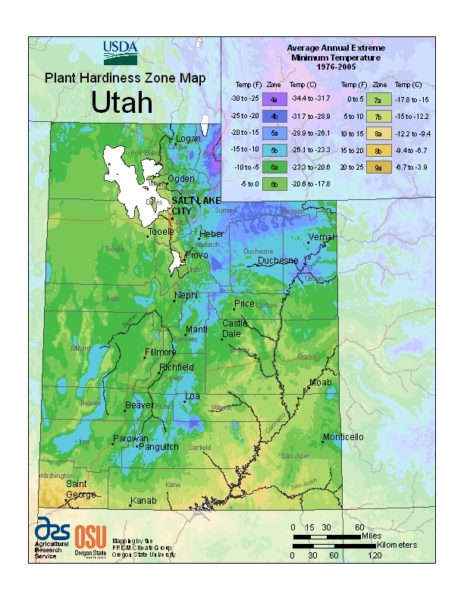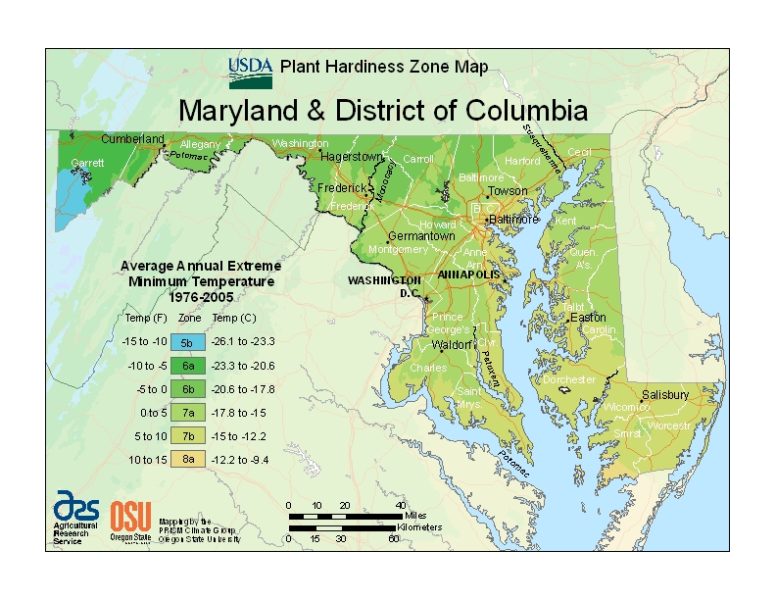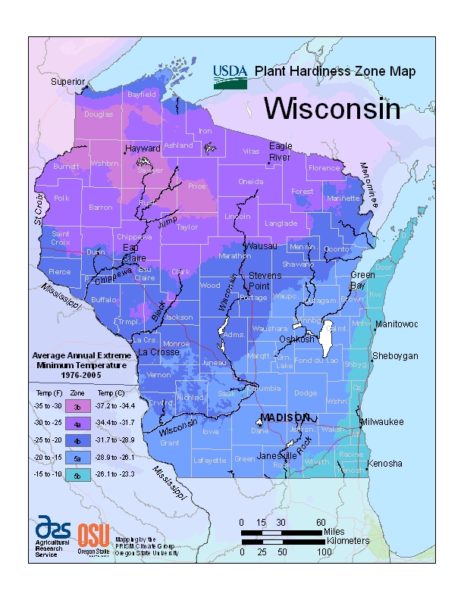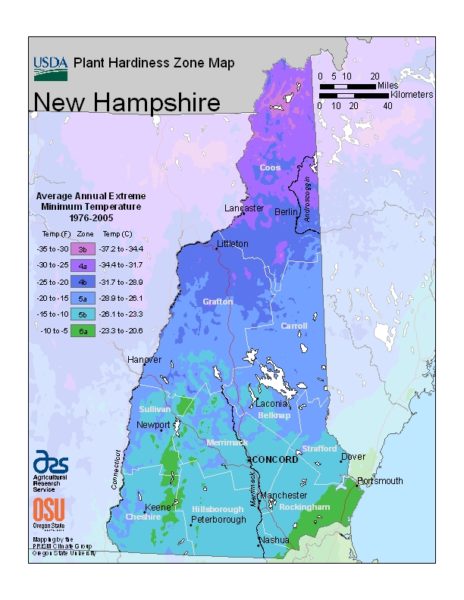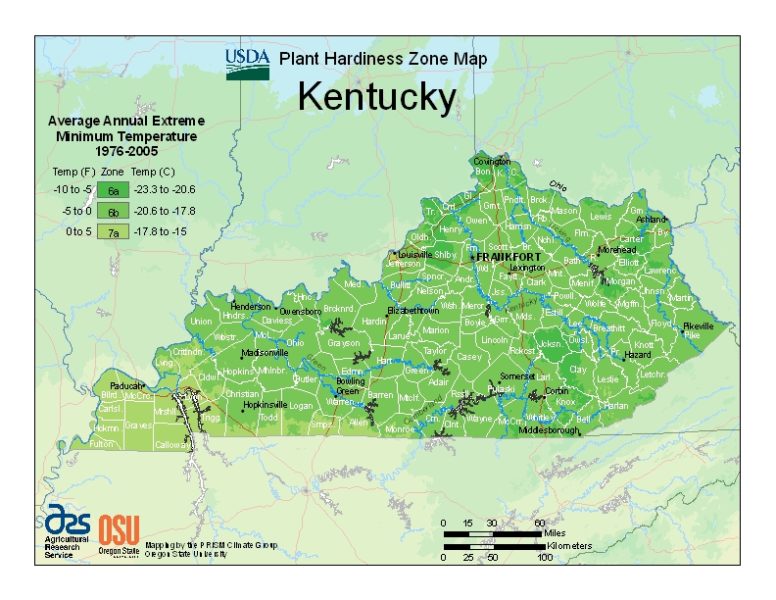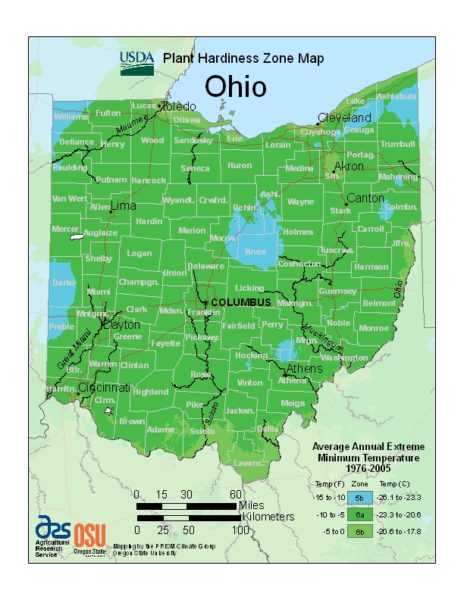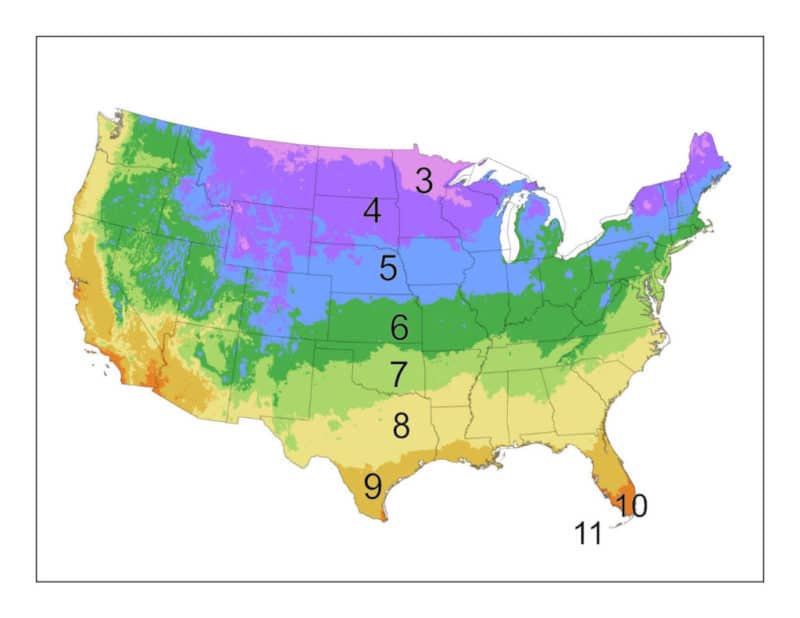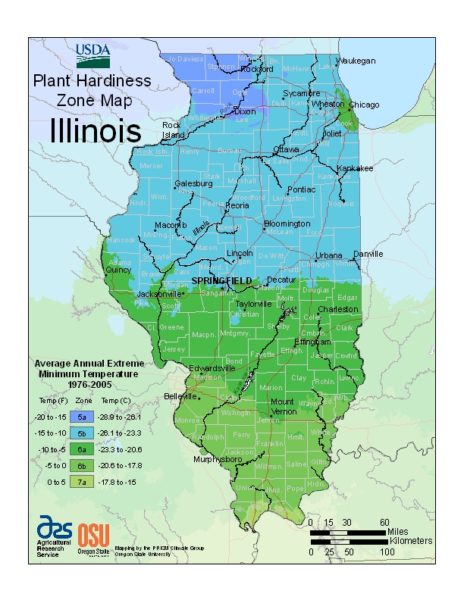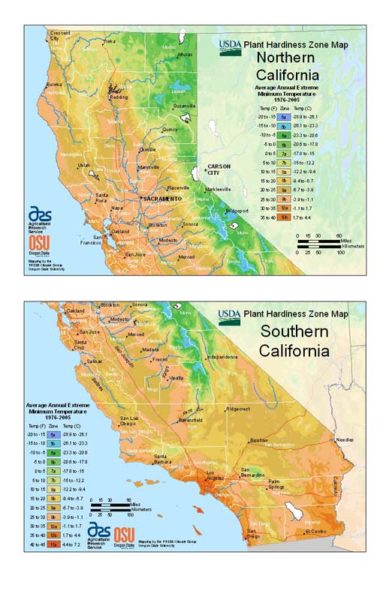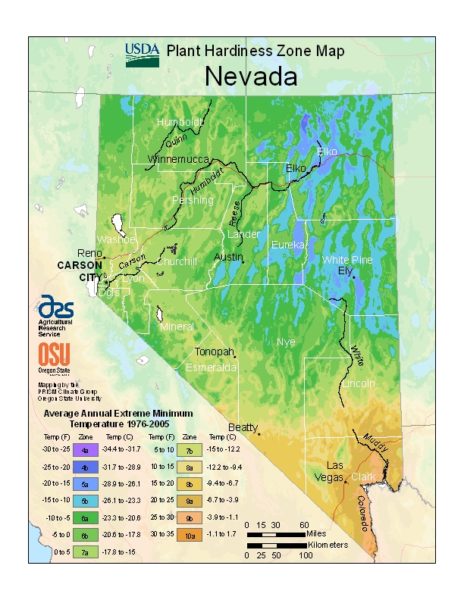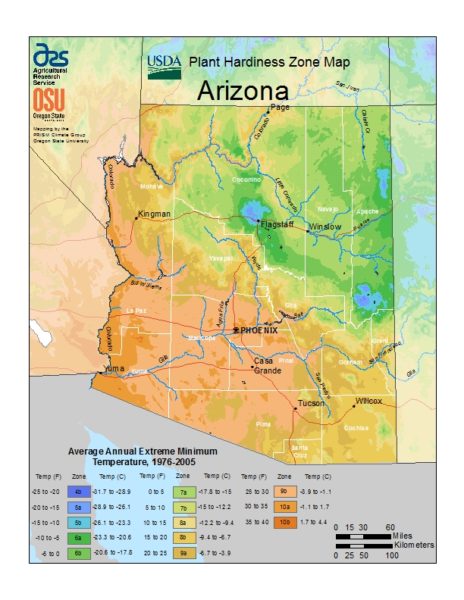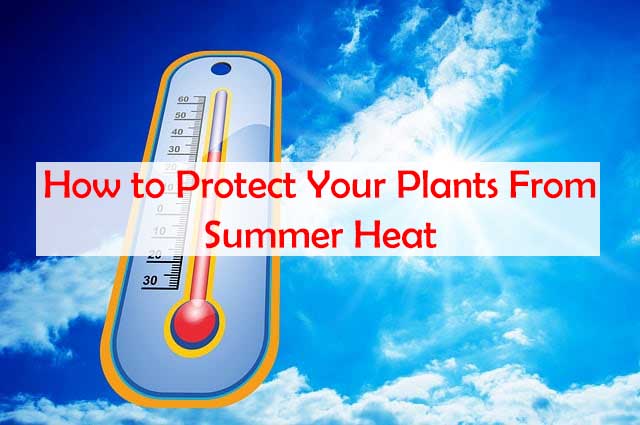
 How to protect your plants with longer days and higher temps is always a challenge. We are not even officially into summer and there are a lot of upper 80’s, 90’s, and even triple-digit temperatures in the US in mid-June.
How to protect your plants with longer days and higher temps is always a challenge. We are not even officially into summer and there are a lot of upper 80’s, 90’s, and even triple-digit temperatures in the US in mid-June.
Just look at any number of your plants and they can probably verify the effect of the summer sun & heat with wilting foliage, browning leaves & other tell-tale signs the heat is getting to them.
To make matters worse, some areas are not seeing much rain. Our area (southern Piedmont of the Carolinas) is prone to afternoon, popup thunderstorms. They are hit or miss and lately, they have been missing some areas. A wet April has turned into a relatively dry May and June.
I have 3 mature pecan trees in my front yard that are dropping mini, dried-up pecans from the stress of the heat.
Even some of my sun-loving “xeriscape” plants are stressing from the latest heat wave. Yet every ‘how to’ blog or article I see right now is telling me what I should buy that could thrive in this heat. I don’t want to buy more trees & shrubs; like anyone else, I want to know how to protect your plants from extreme summer heat!
6 Tips to Protect Your Plants From Summer Heat
I talked with an expert at our county cooperative extension office and they offered these tips:
 1) MULCH!
1) MULCH!
If you have a bagger on your lawn mower, spread the dry grass clippings as mulch around your trees & shrubs. Direct sunlight will dry out the soil and the roots fast. Mulching is critical to protect your plants. The only suggestion the county extension representative offered was to avoid using grass clippings if you use a lawn service that spreads chemicals. If so, some alternative mulch ideas include:
* Straw
* Leaves
* Sawdust
 2) Bark Mulch.
2) Bark Mulch.
If you do buy mulch, it is recommended to go with a bark mulch. Ideally, lay down a weed barrier first (see #3 below) and then apply 2 to 3 inches of bark mulch. If you need more than 1 cubic yard of mulch, you might find a landscape or mulch supplier that will do home deliveries for a lot less than buying a bunch of individual bags that you have to lug home.You can search for bulk bark mulch locally here. Just don’t use bark mulch in a vegetable garden. Most bark mulches are acidic.
 3) Use black plastic sheeting.
3) Use black plastic sheeting.
Buy black plastic sheeting to protect your plants that is designed for outdoor yard & garden use. They are often sold as a weed barrier or landscape cloth at garden centers. It’s used by landscapers to keep weeds suppressed and keep moisture from evaporating too fast. Weed barriers allow the soil to breathe and water to get through them. You will need mulch, dirt, or some stones to weigh it down to keep it in place.
4) Water early in the day.
Give all your plants a good watering before the sun starts beating on them. And don’t worry, despite what you may hear, giving them another drink in the middle of the day won’t damage your plants. If some look like they need it, go for it.
Also, consider buying drip hoses, also known as soaker hoses. Drip watering is considered the most efficient. It uses less water by just focusing on the soil & roots.
5) Use shade cloth.
If you have ever driven by a large nursery, the chance is good you’ve seen what looks like large, flexible black screens over sections of the plants. It’s called shade cloth. It’s inexpensive and pretty easy to set up. If you have an area of shrubs & plants in rows that get a lot of afternoon summer sun, consider putting a canopy of shade cloth over them.
6) Transplant potted trees, shrubs & perennials into the ground.
I had a couple of ornamental trees and shrubs in containers around my patio. It didn’t matter how much water I put on them, they were wilting & dying.
Plants in containers get a LOT more stressed in the summer than your plants in the ground. The planters can bake the soil & roots.
Consider transplanting any ornamental trees, shrubs, and perennials from their containers into the ground for summer. It may be a hassle but your plants (and your wallet) will thank you.
Everything needs a little extra attention during the hottest days of summer.
Trees, shrubs, and plants in your yard and garden are no different. Protect your plants from the extreme heat of summer by using ground cloth, mulch, and water regularly. Consider drip hoses and shade cloth. You will be amazed how much better your yard and garden will reward you with just these few things.
You can also talk to an agent at your local county agricultural extension office. There is one in every county in the United States. You can find your local extension office with a simple Google search.
Shop the Products Mentioned in This Article:
- Why Fall is the Best Time to Plant Landscape Trees and Shrubs - September 6, 2024
- What Are Grow Zones and Why it Matters - August 6, 2024
- Summer’s Saviors: 7 Drought Tolerant Perennials to Plant Now - July 26, 2024

 1) MULCH!
1) MULCH!  2) Bark Mulch.
2) Bark Mulch. 








